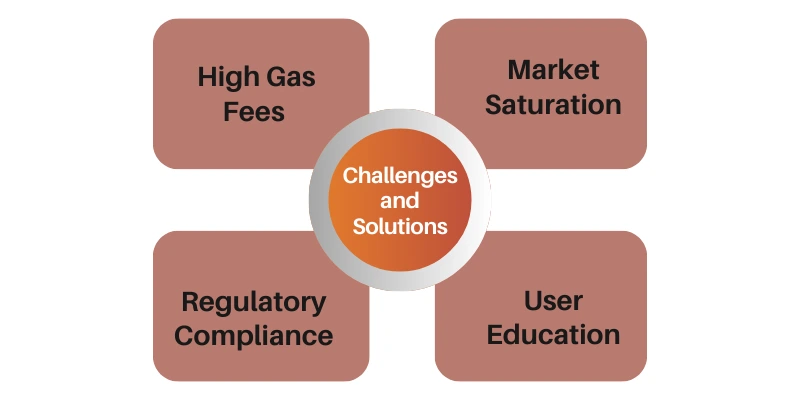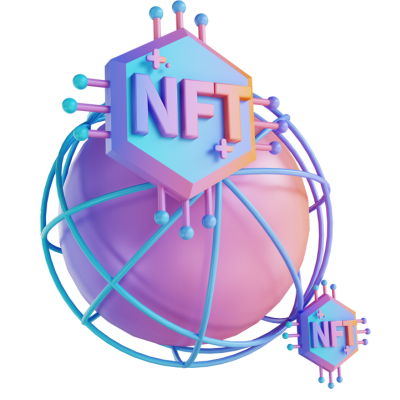Introduction
The world of gaming is transforming rapidly, and NFTs (non-fungible tokens) are leading this revolution. These unique digital assets are redefining the ownership of in-game items, allowing players to truly own, trade, and monetize their gaming experiences. Establishing a successful NFT marketplace for gaming assets demands a deep understanding of both blockchain technology and gaming dynamics. As an NFT token development company, offering innovative solutions tailored to the gaming industry ensures that your platform stands out in this competitive market. Let’s explore the essentials of creating an effective NFT marketplace for gaming assets.

Understanding NFT Marketplaces and Their Significance in Gaming
An NFT marketplace is a digital platform where users can buy, sell, and trade NFTs. When it comes to gaming, NFTs represent assets like skins, weapons, characters, or even entire virtual properties. These assets are unique, verifiable, and can be owned or sold by players outside the confines of a game. This shift enables interoperability, where in-game items can transcend individual games or platforms, adding immense value to players.
The gaming industry is a natural fit for NFTs due to its inherent digital nature. Gamers are already familiar with purchasing virtual goods, making the leap to NFT-based ownership seamless. For a marketplace to succeed, it needs to cater to both gamers and developers, creating a vibrant ecosystem that fosters trust, usability, and innovation.
Key Features of a Successful NFT Marketplace

1. User-Friendly Interface
2. Cross-Platform Compatibility
3. Robust Security Measures
4. Smart Contract Integration
5. Scalability
Steps to Build an NFT Marketplace for Gaming Assets

1. Define Your Target Audience
Understanding the preferences of your target audience gamers, developers, or collectors—is essential. Conduct thorough market research to identify trends, preferences, and potential gaps in existing marketplaces
2. Choose the Right Blockchain
The choice of blockchain impacts transaction speed, costs, and environmental impact. Popular options include Ethereum, Binance Smart Chain, and Solana. For gaming assets, a blockchain that supports high transaction throughput and low fees is ideal.
3. Design the Marketplace
Collaborate with experienced UI/UX designers to create an intuitive and visually appealing interface. Ensure that navigation is seamless, and features like search, filters, and sorting are optimized for user convenience.
4. Develop the Backend
The backend is the core of your marketplace. Employ skilled developers to create a robust architecture that integrates smart contracts, databases, and APIs for a smooth user experience.
5. Integrate Wallets
6. Implement a Marketplace Token
7. Beta Testing and Launch
Challenges and Solutions

1. High Gas Fees
2. Market Saturation
3. Regulatory Compliance
4. User Education
Future Trends in Gaming NFTs

The intersection of NFTs and gaming is only set to grow. Emerging trends include:
- Metaverse Integration: Virtual worlds where players can interact, trade, and own digital real estate.
- Play-to-Earn (P2E) Games: Games that reward players with NFTs or cryptocurrency, blending entertainment with financial incentives.
- AI-Generated Assets: Unique in-game items created using AI, adding novelty and rarity.
- Sustainability Initiatives: Blockchains focusing on eco-friendly practices to appeal to environmentally conscious users.
Empower Creativity with NFTs

Conclusion
Creating a successful NFT marketplace for gaming assets is a dynamic process that blends technology, creativity, and strategic planning. By focusing on user experience, security, and scalability, developers can build platforms that redefine how gamers interact with digital assets. Collaborating with an NFT token development company ensures that your marketplace leverages cutting-edge technology and innovation. As NFTs continue to revolutionize gaming, the opportunities for growth and success are boundless. To know more about NFT’s treands in 2025 you can also read : Top NFT Trends to Look Out for in 2025














